
Cardinal is a suite of powerful self-hosted media streaming apps for your music, photos, movies, and TV. In this step by step guide I will show you how to Install Cardinal Home Server on your Synology NAS using Docker & Portainer.
This guide works perfectly with the latest Cardinal Home Server v0.3.1 release.
STEP 1
Please Support My work by Making a Donation.
STEP 2
Install Portainer using my step by step guide. If you already have Portainer installed on your Synology NAS, skip this STEP. Attention: Make sure you have installed the latest Portainer version.
STEP 3
Go to File Station and open the docker folder. Inside the docker folder, create one new folder and name it cardinal. Follow the instructions in the image below.
Note: Be careful to enter only lowercase, not uppercase letters.
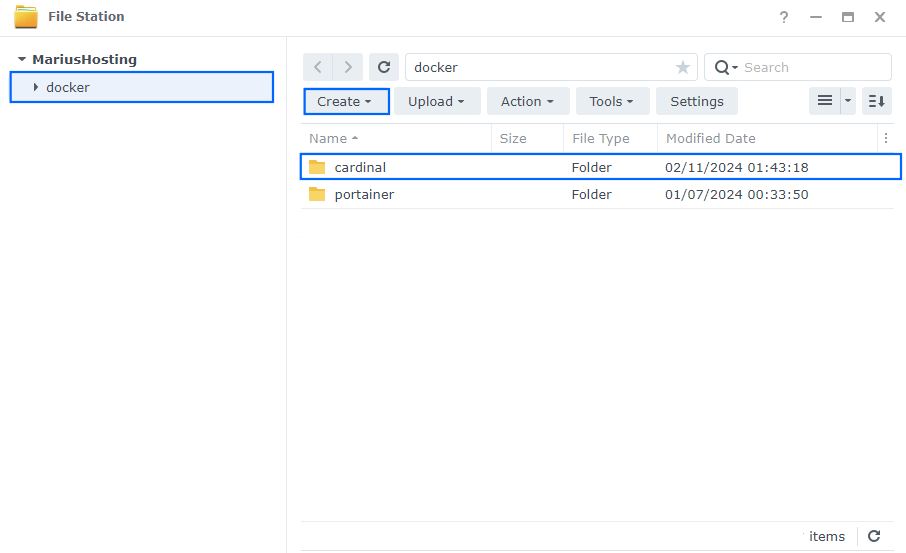
STEP 4
Now create six new folders inside the cardinal folder that you created at STEP 3 and name them config, db, movies, music, photos, tv. Follow the instructions in the image below.
Note: Be careful to enter only lowercase, not uppercase letters.
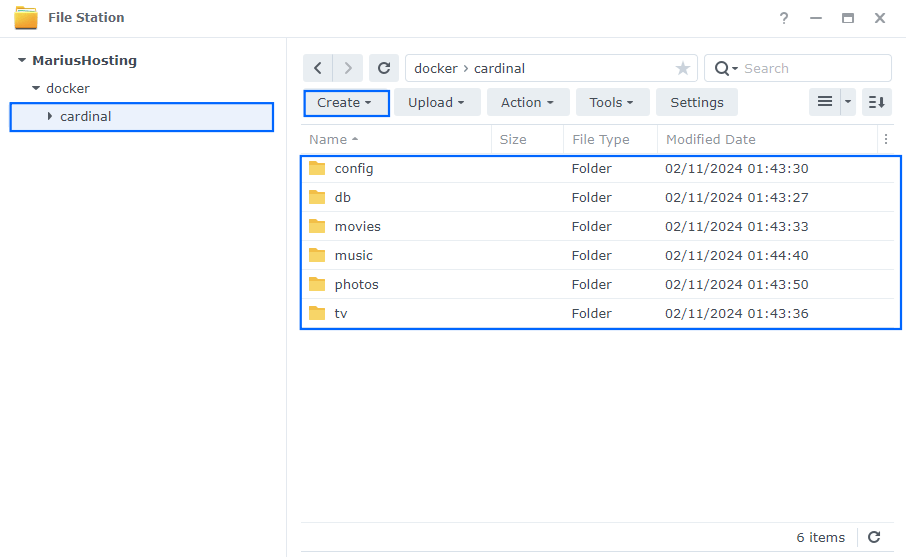
STEP 5
Log into Portainer using your username and password. On the left sidebar in Portainer, click on Stacks then + Add stack. Follow the instructions in the image below.

STEP 6
In the Name field type in cardinal. Follow the instructions in the image below.
version: "3.9"
services:
postgres:
image: postgres:16
container_name: Cardinal-DB
hostname: cardinal-db
mem_limit: 1g
cpu_shares: 1024
ports:
- 24910:5432
security_opt:
- no-new-privileges:true
healthcheck:
test: ["CMD", "pg_isready", "-q", "-d", "cardinal", "-U", "cardinal"]
timeout: 45s
interval: 10s
retries: 10
volumes:
- /volume1/docker/cardinal/db:/var/lib/postgresql/data:rw
environment:
POSTGRES_USER: cardinal
POSTGRES_PASSWORD: cardinal
restart: on-failure:5
cardinal:
image: cardinalapps/home-server:stable
container_name: Cardinal-HS
hostname: cardinal
security_opt:
- no-new-privileges:true
healthcheck:
test: wget --no-verbose --tries=1 --spider http://localhost:24900/
ports:
- 24900:24900
environment:
CARDINAL_POSTGRES: true
volumes:
- /volume1/docker/cardinal/config:/config:rw
- /volume1/docker/cardinal/music:/music:rw
- /volume1/docker/cardinal/photos:/photos:rw
- /volume1/docker/cardinal/tv:/tv:rw
- /volume1/docker/cardinal/movies:/movies:rw
restart: on-failure:5
depends_on:
postgres:
condition: service_healthy
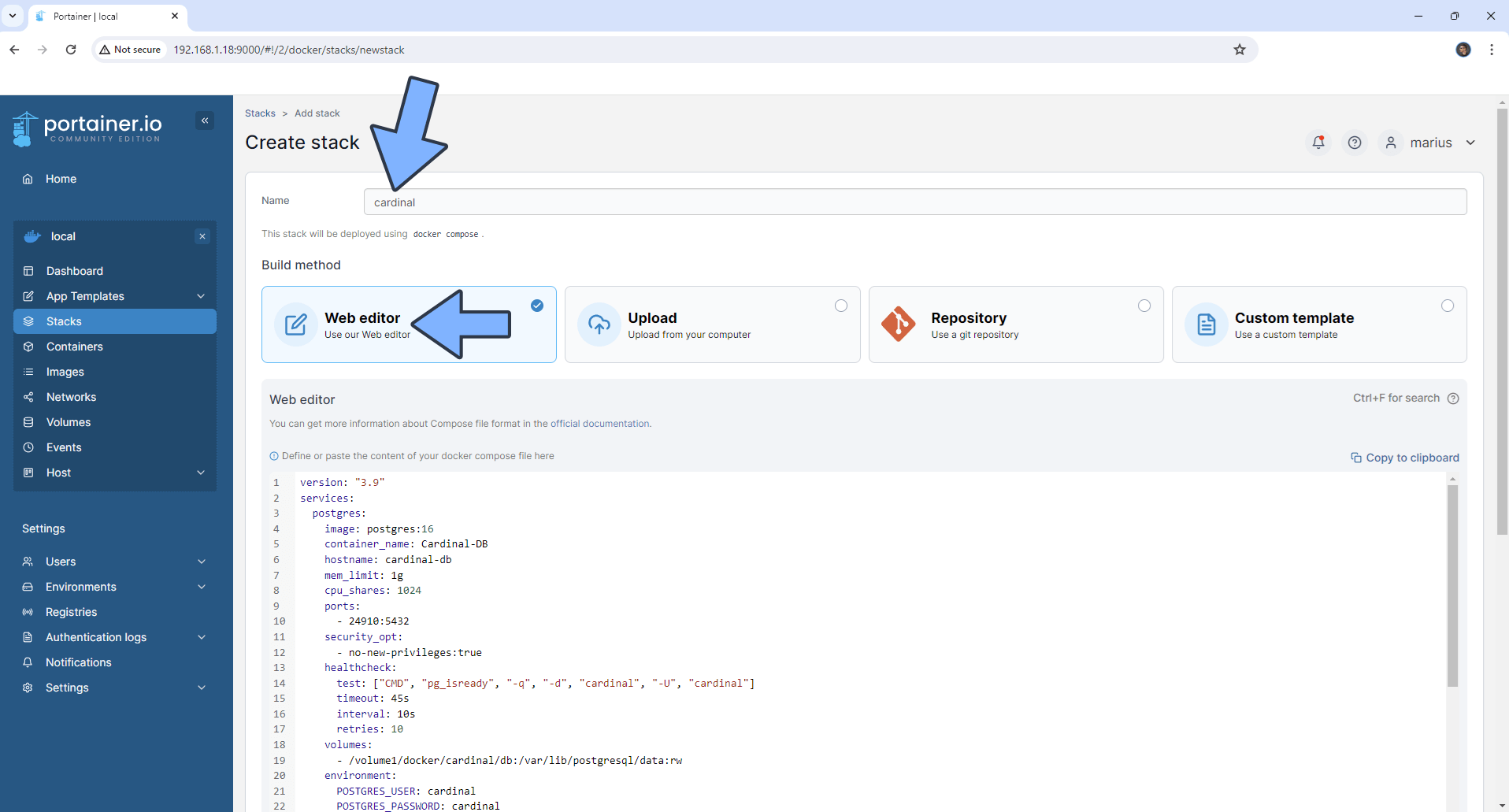
STEP 7
Scroll down on the page until you see a button named Deploy the stack. Click on it. Follow the instructions in the image below. The installation process can take up to a few minutes. It will depend on your Internet speed connection.
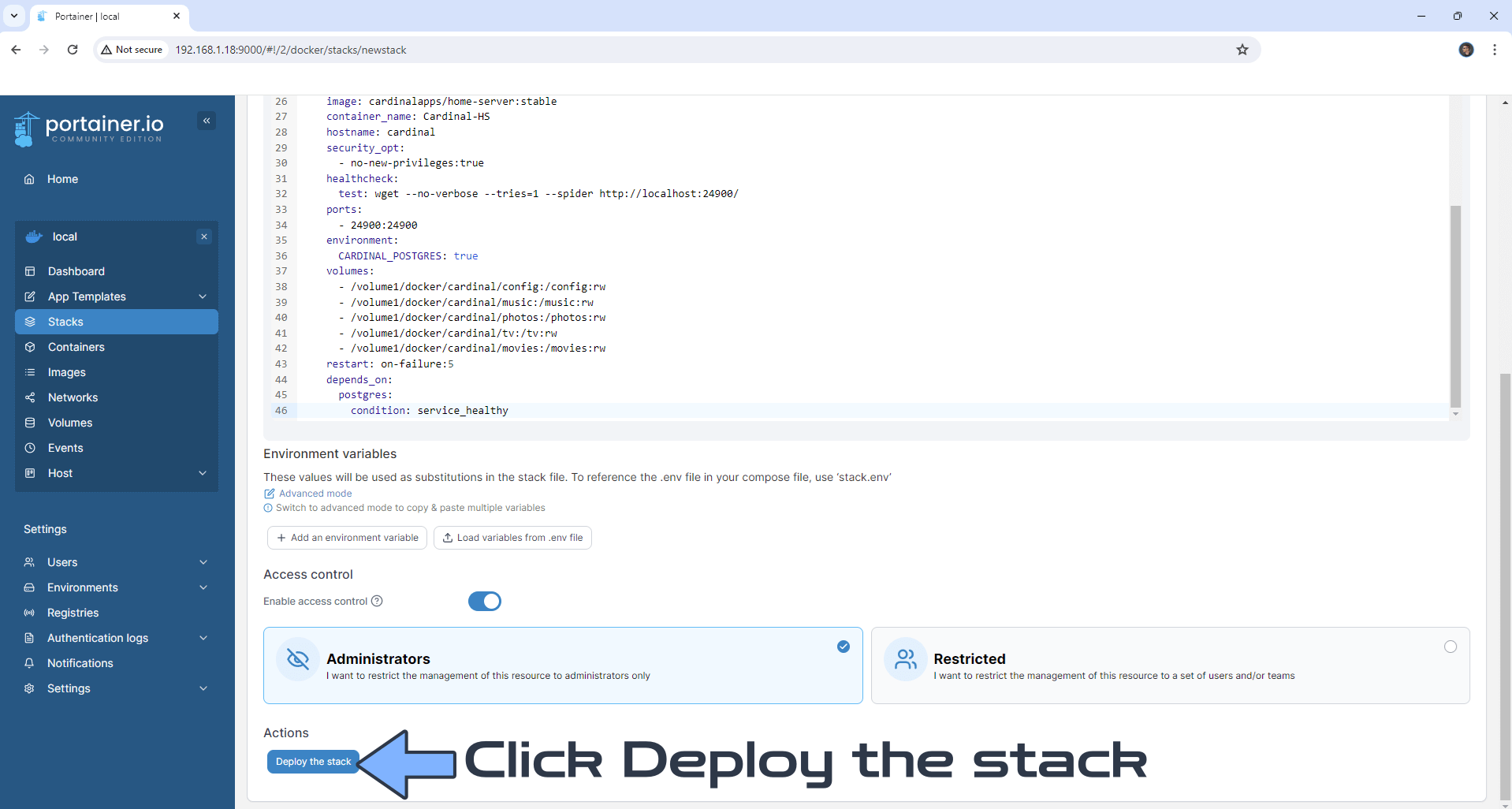
STEP 8
If everything goes right, you will see the following message at the top right of your screen: “Success Stack successfully deployed“.
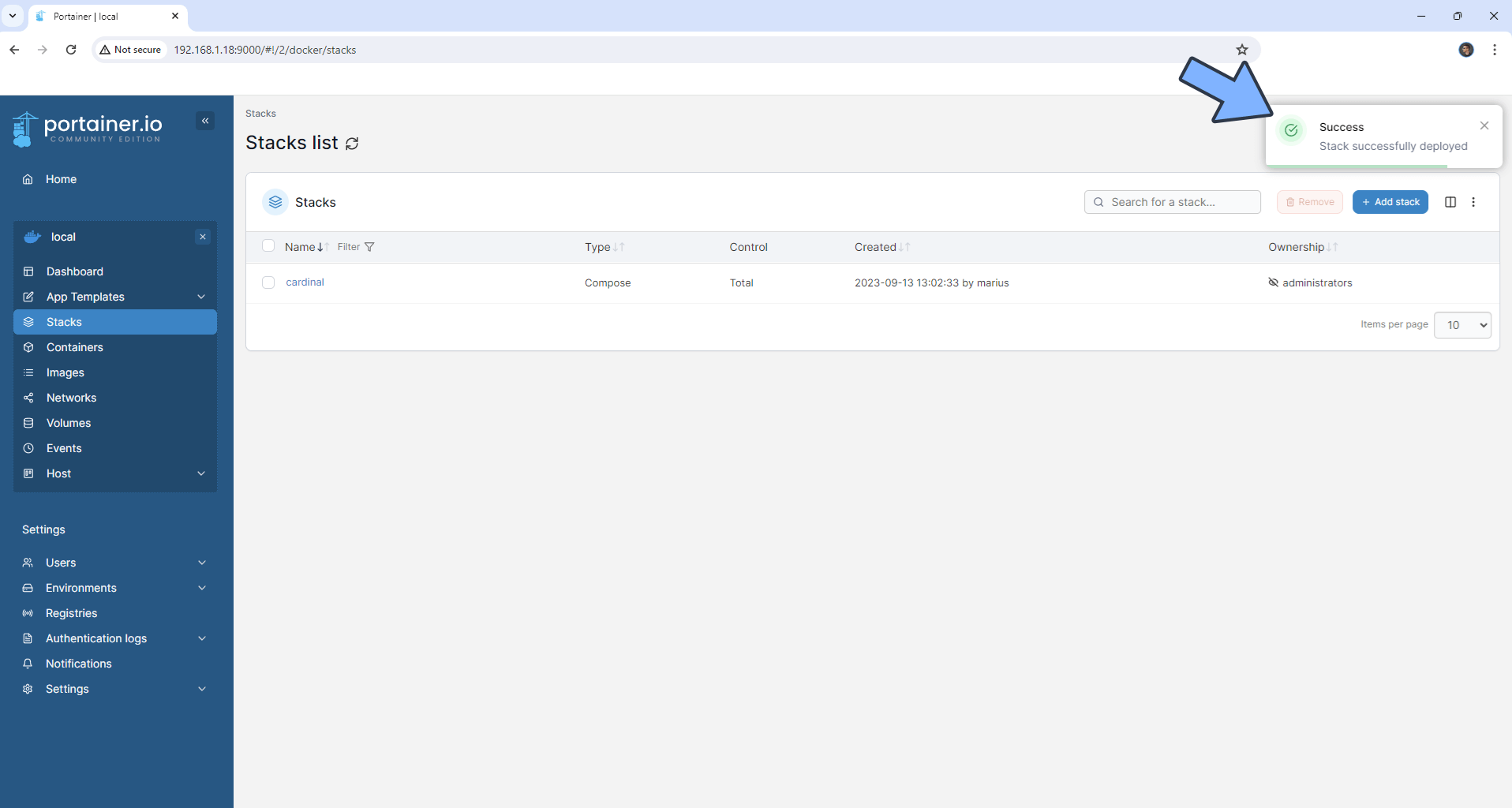
STEP 9
🟢Please Support My work by Making a Donation. Almost 99,9% of the people that install something using my guides forget to support my work, or just ignore STEP 1. I’ve been very honest about this aspect of my work since the beginning: I don’t run any ADS, I don’t require subscriptions, paid or otherwise, I don’t collect IPs, emails, and I don’t have any referral links from Amazon or other merchants. I also don’t have any POP-UPs or COOKIES. I have repeatedly been told over the years how much I have contributed to the community. It’s something I love doing and have been honest about my passion since the beginning. But I also Need The Community to Support me Back to be able to continue doing this work.
STEP 10
The installation process can take up to a few seconds/minutes. It will depend on your Internet speed connection. Now open your browser and type in http://Synology-ip-address:24900 Click Start. Follow the instructions in the image below.

STEP 11
Select your favorite theme. Follow the instructions in the image below.
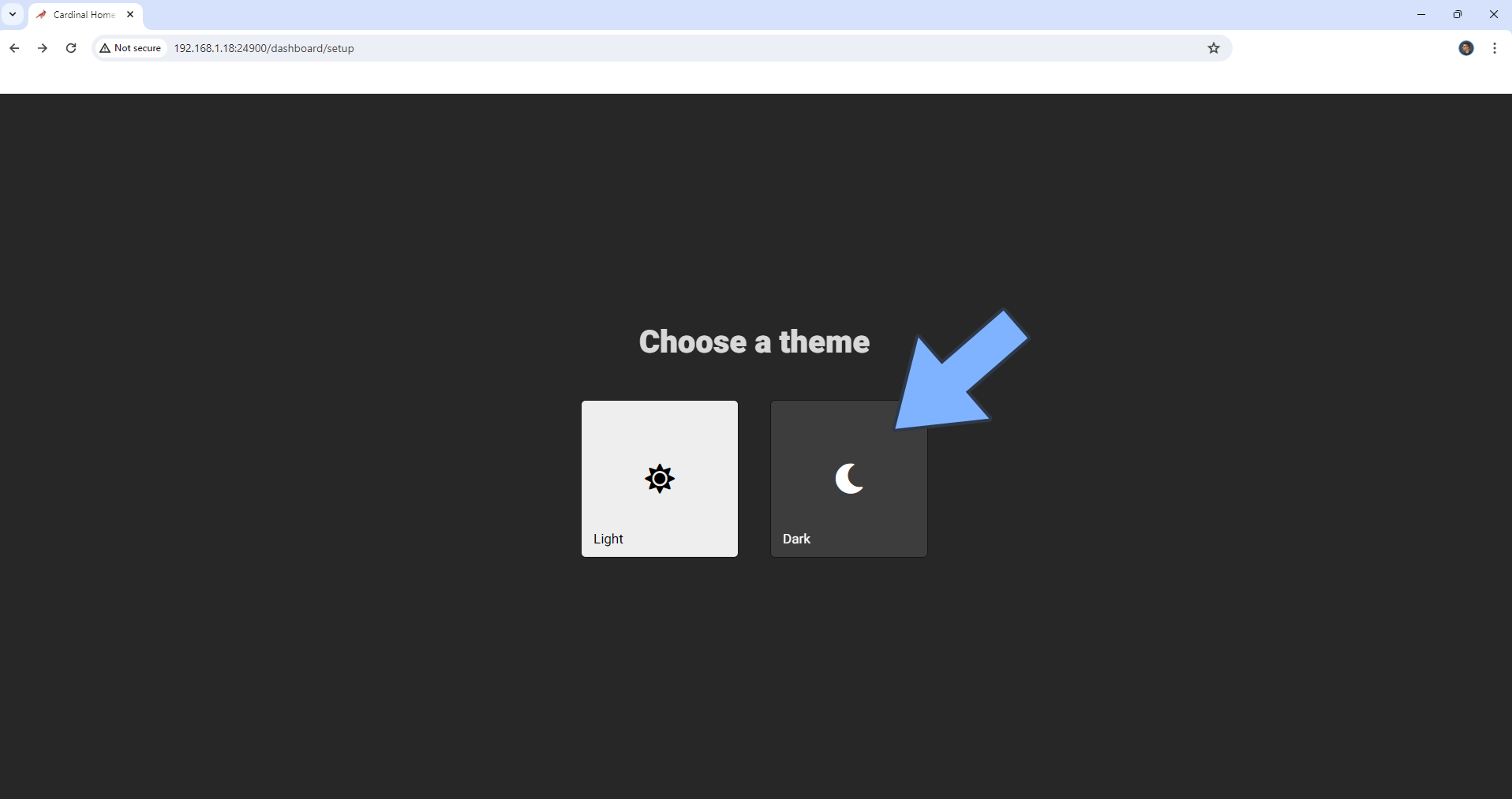
STEP 12
Give a name to your server, then click NEXT. Follow the instructions in the image below.
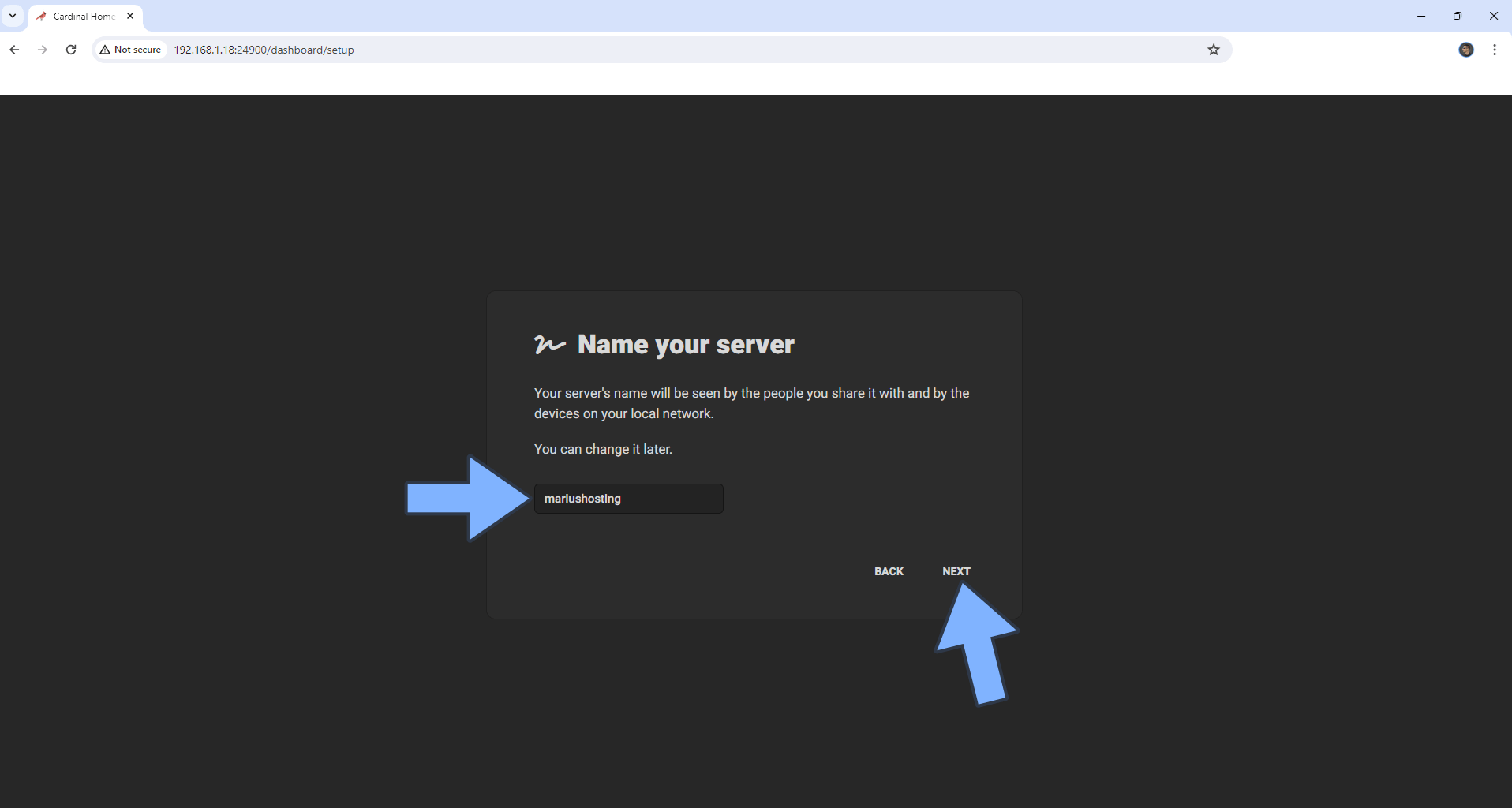
STEP 13
Create a Cardinal account on the dev website to get some benefits, like the option to use a username and password to log-in via https, or click NEXT to continue the installation without an account. Follow the instructions in the image below.
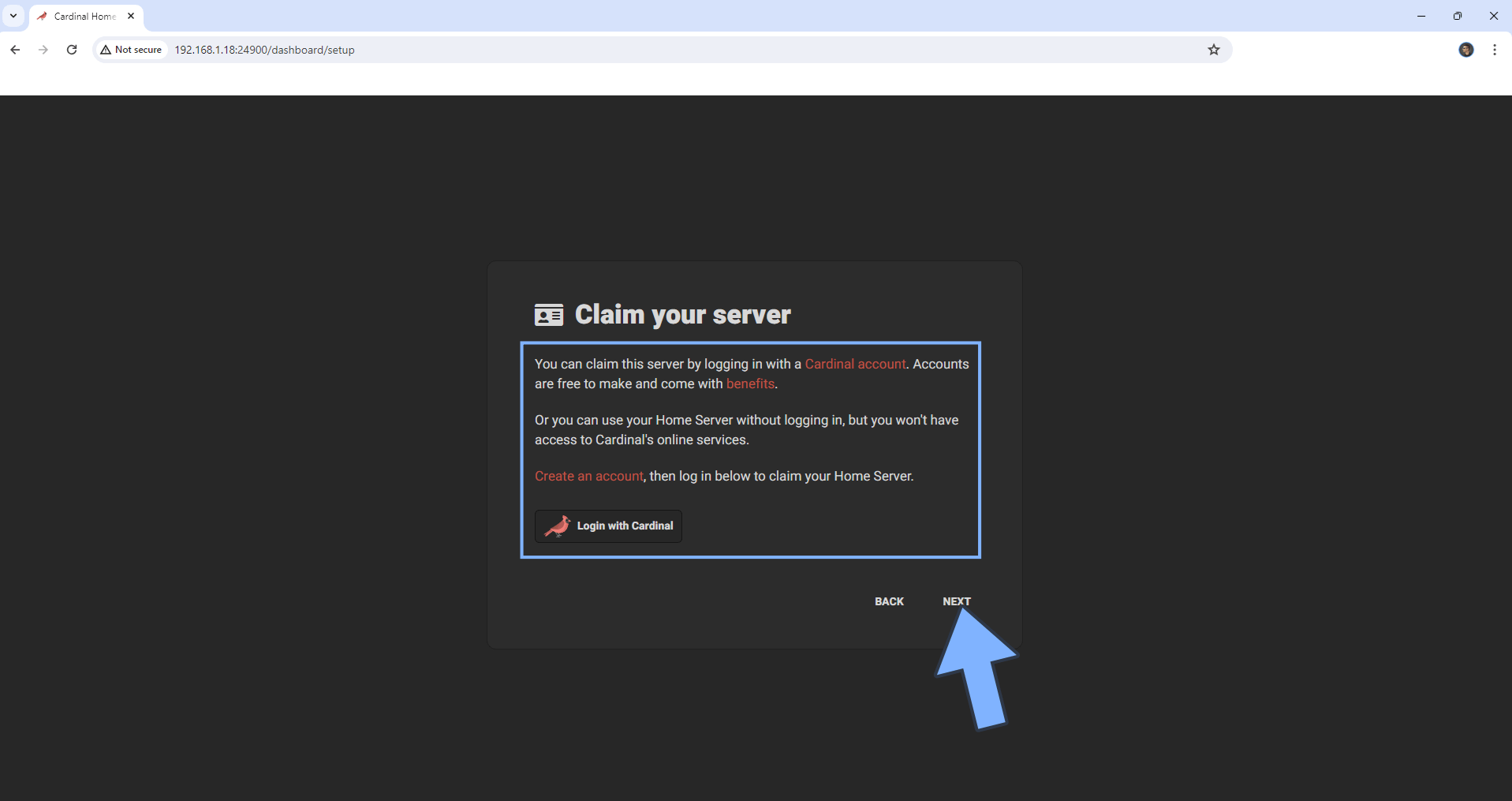
STEP 14
Either accept or don’t accept the Telemetry, then click Continue. Follow the instructions in the image below.
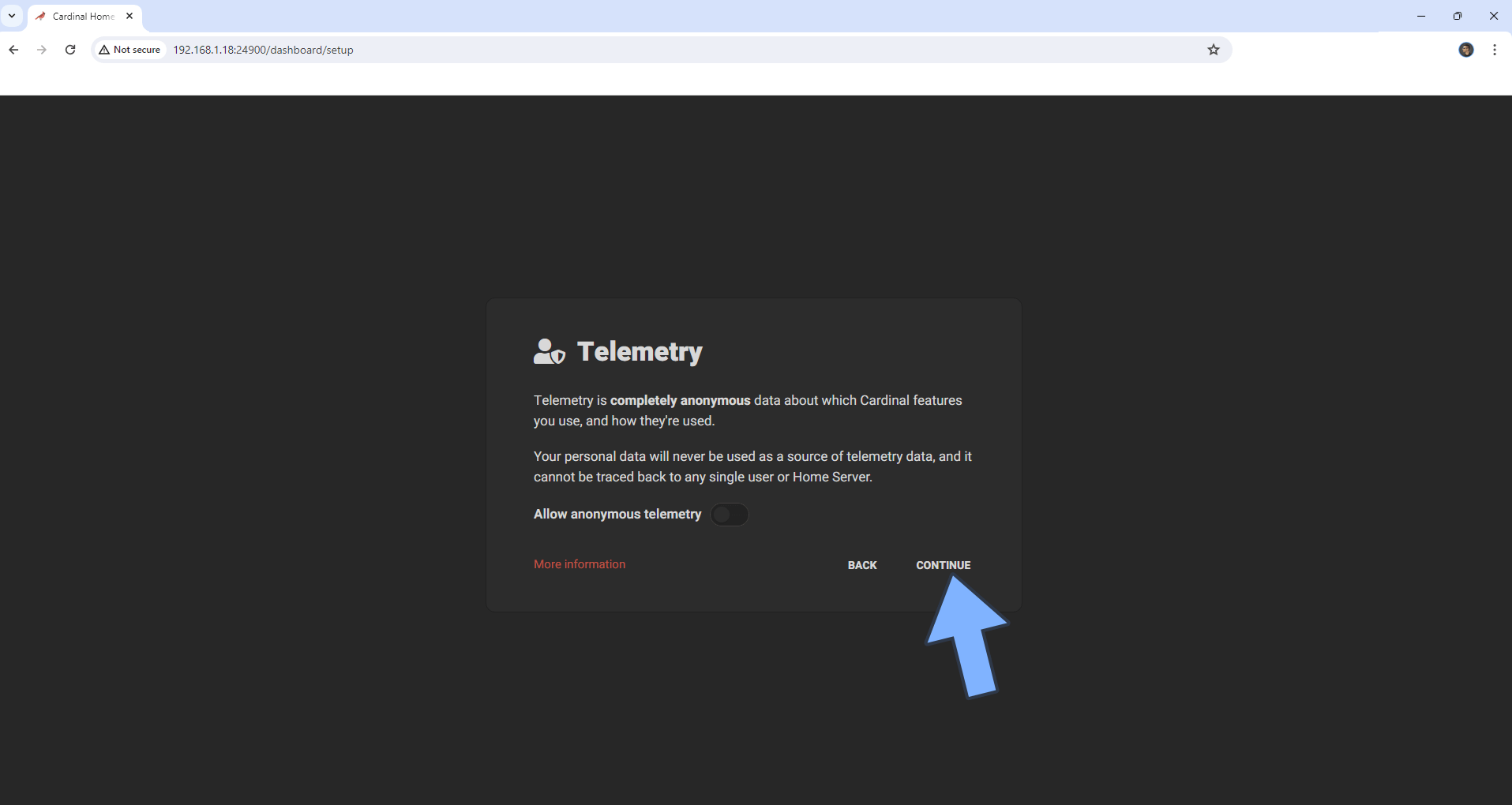
STEP 15
Accept the Privacy & Terms. Follow the instructions in the image below.

STEP 16
Click Cool. Follow the instructions in the image below.
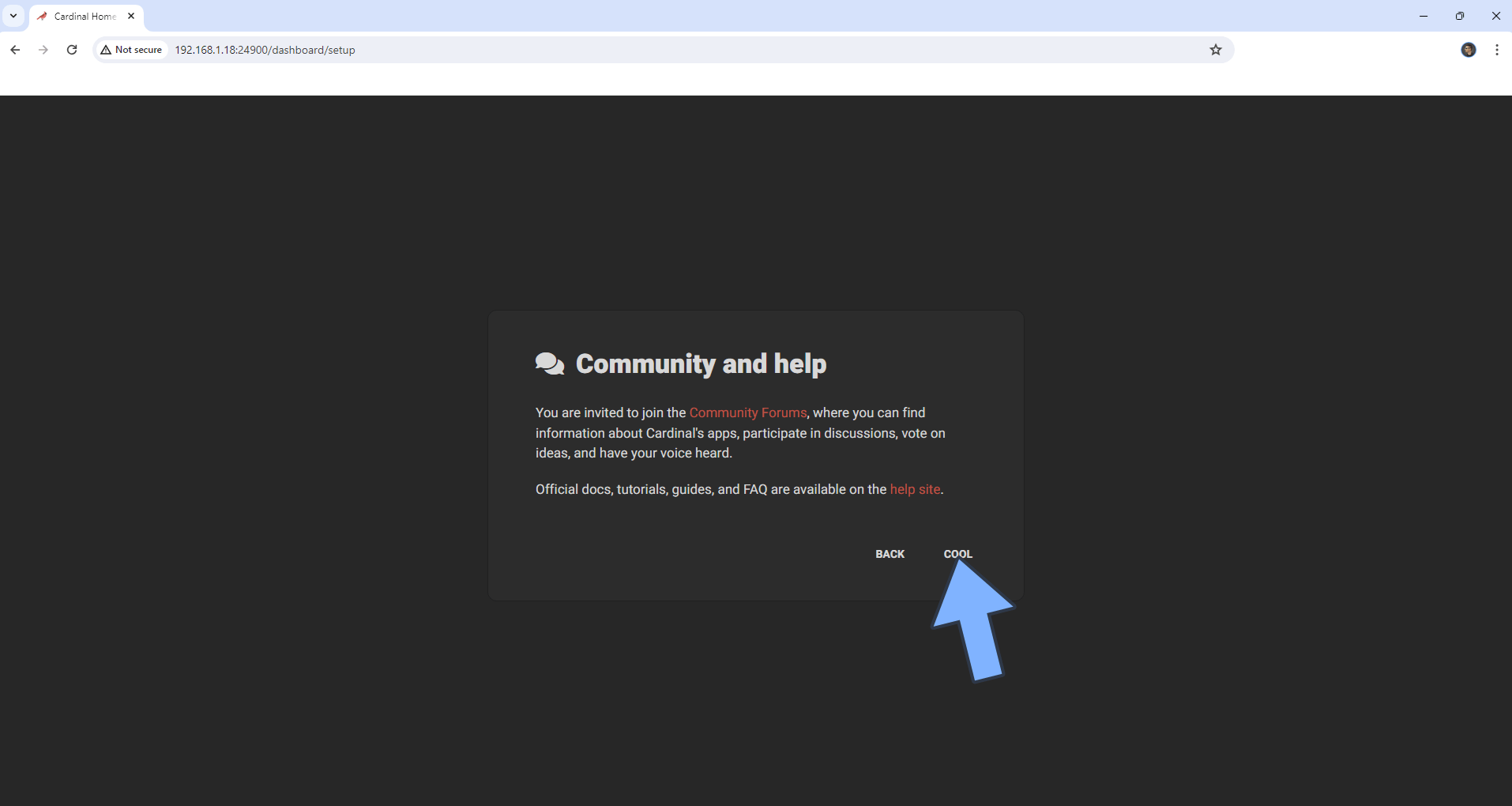
STEP 17
Click FINISH. Follow the instructions in the image below.
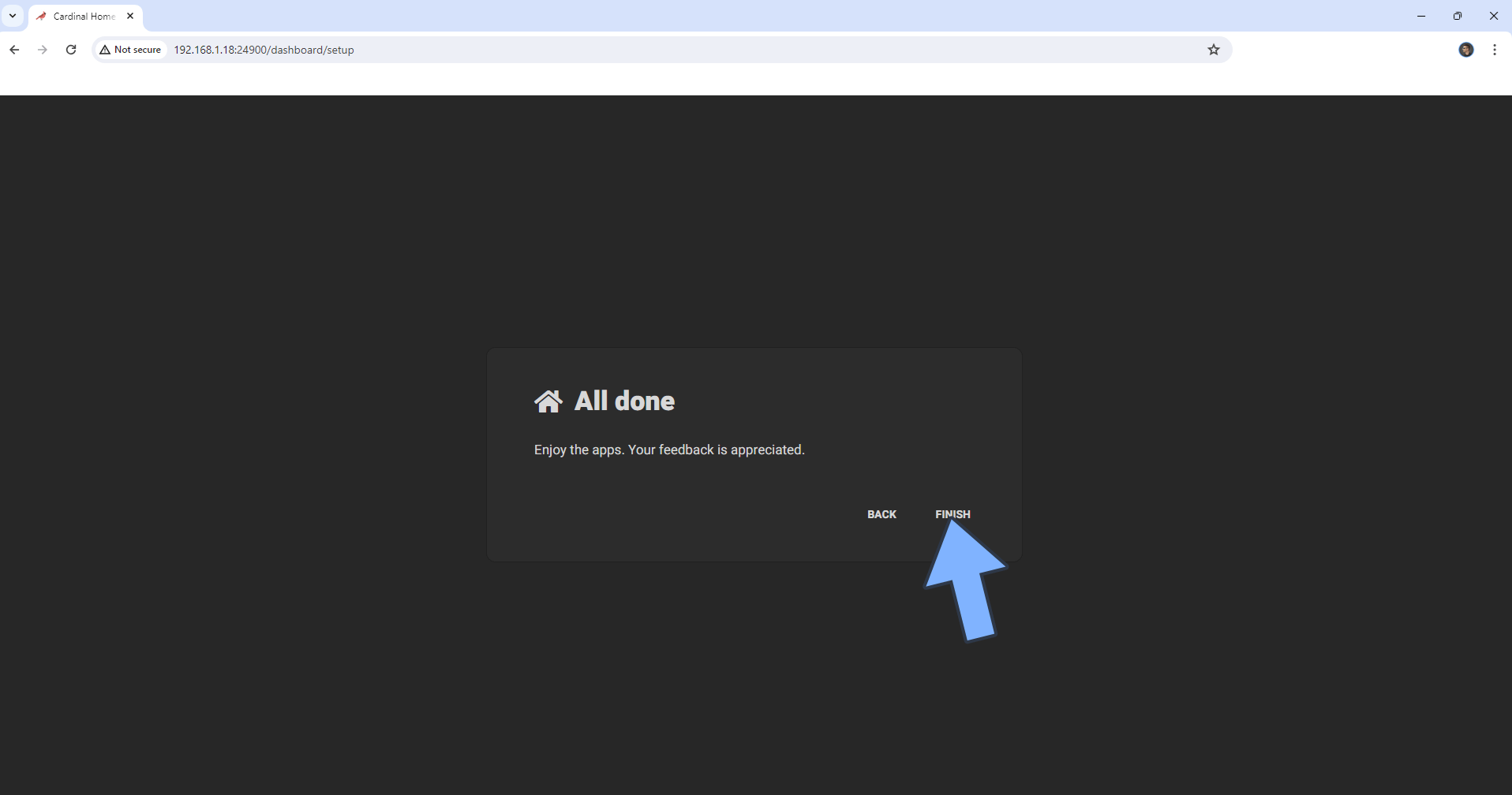
STEP 18
Populate your folders at STEP 4: photos in the photos folder, movies in the movies folder, music in the music folder and tv shows in the tv folder.
STEP 19
Click File Indexing. Follow the instructions in the image below.
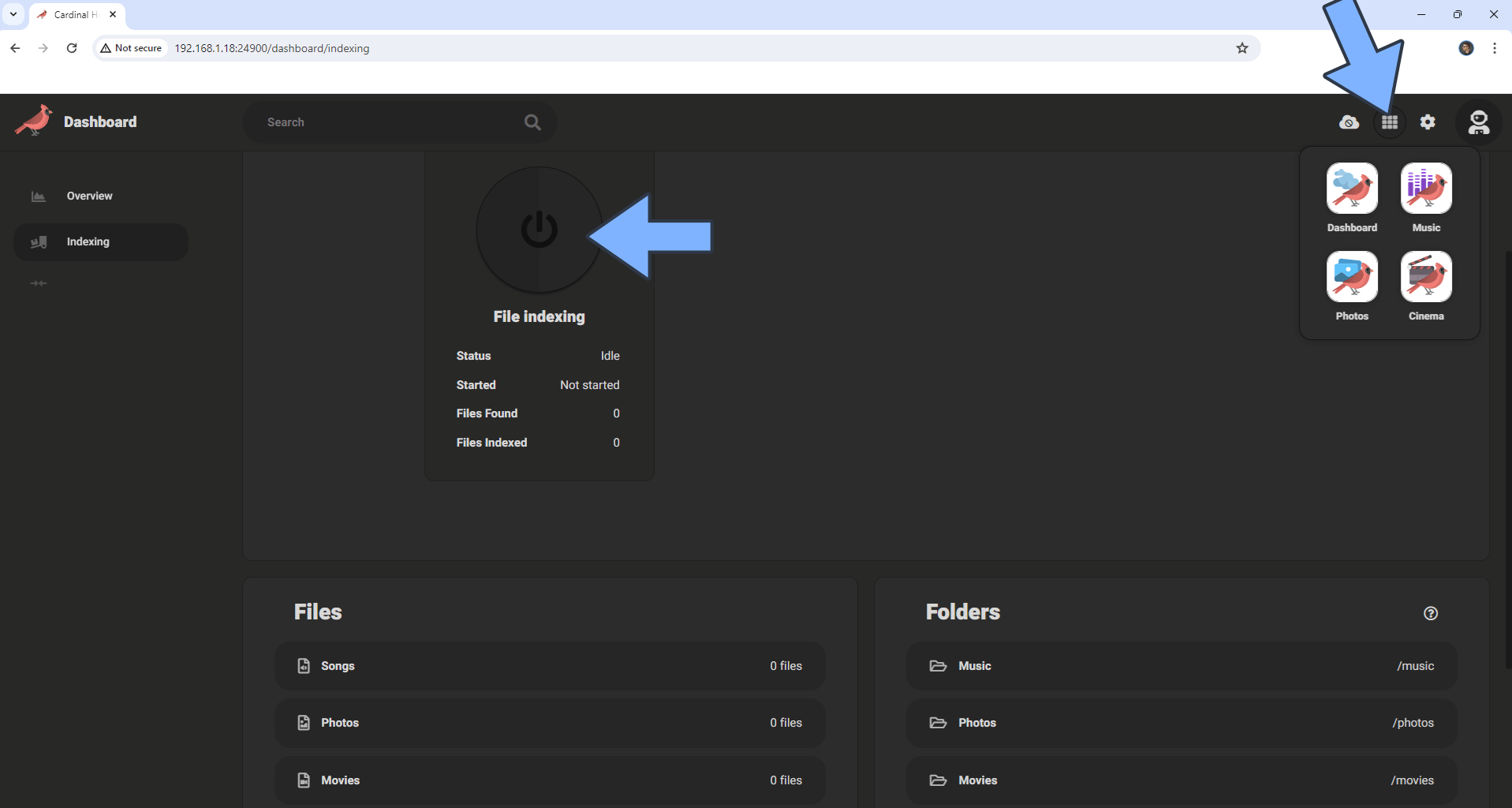
STEP 20
Depending on how many photos, movies, music, tv series you have, it can take up to several hours or days to index everything.
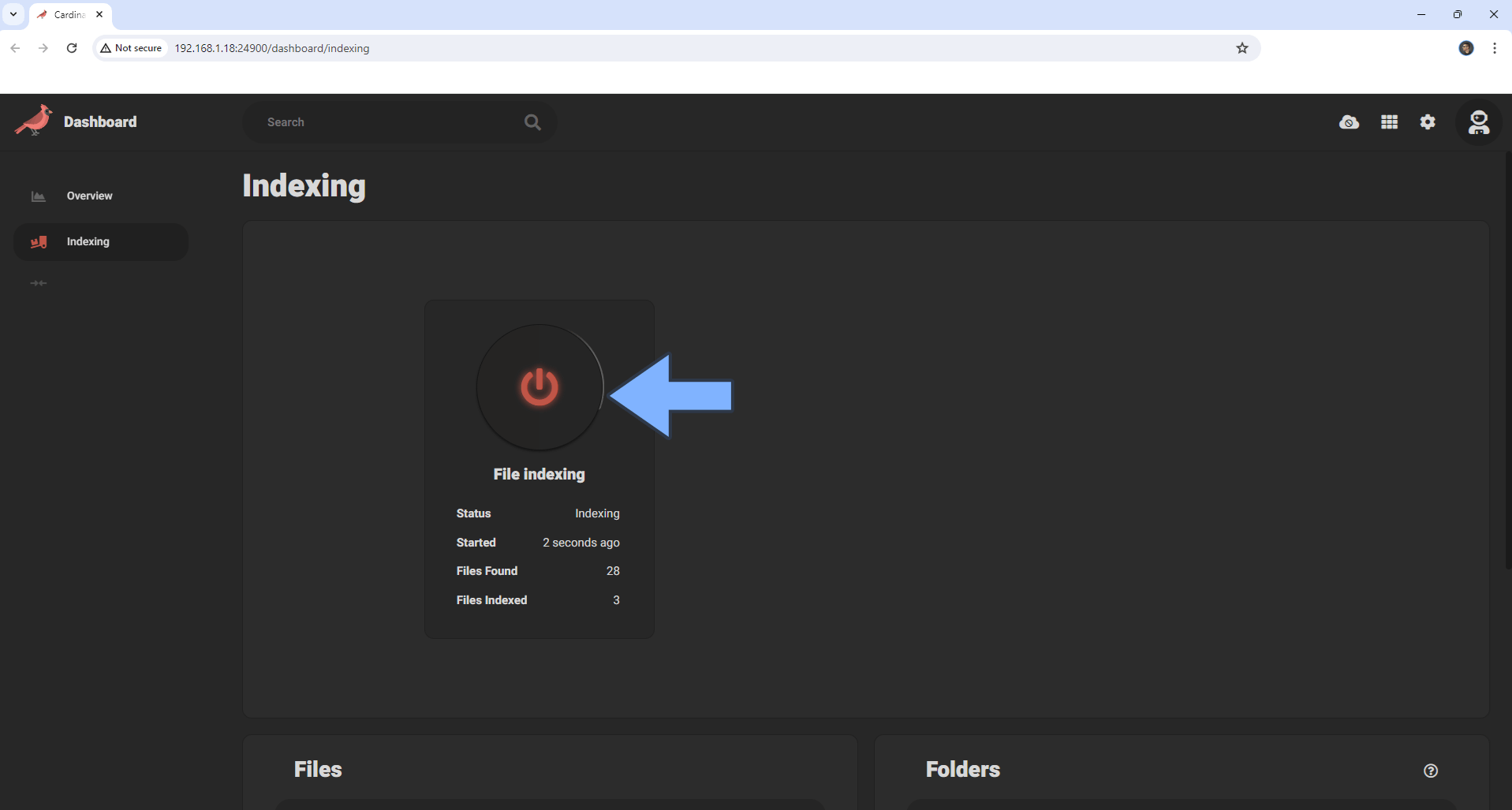
STEP 21
Your indexed Photos at a glance!
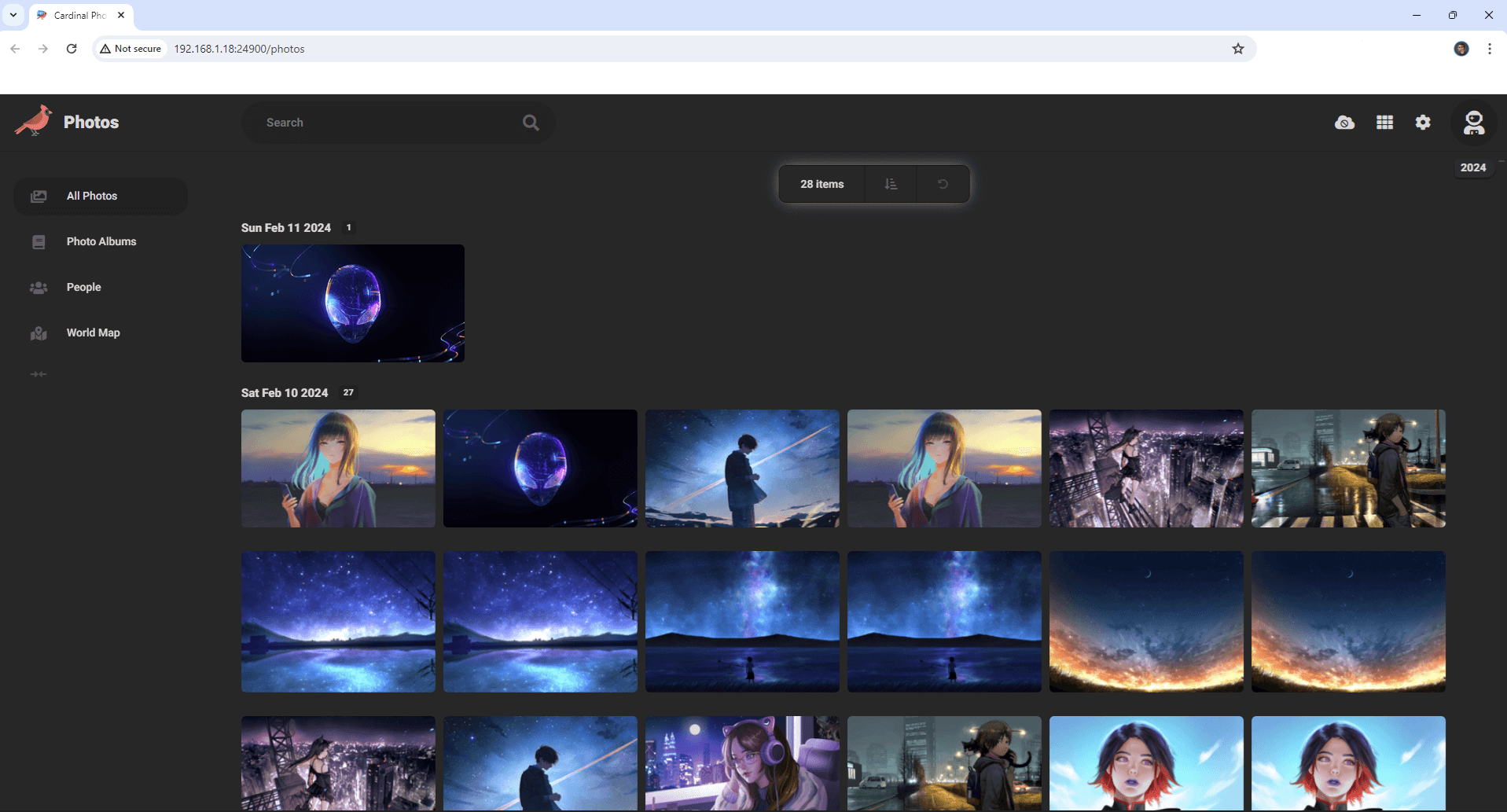
Enjoy Cardinal Home Server!
If you encounter issues by using this container, make sure to check out the Common Docker issues article.
Note: If you want to run the Cardinal Home Server container over HTTPS, check How to Run Docker Containers Over HTTPS. In order to make Cardinal Home Server work via HTTPS, it’s mandatory to activate WebSocket.
Note: Can I run Docker on my Synology NAS? See the supported models.
Note: How to Back Up Docker Containers on your Synology NAS.
Note: Find out how to update the Cardinal Home Server container with the latest image.
Note: How to Free Disk Space on Your NAS if You Run Docker.
Note: How to Schedule Start & Stop For Docker Containers.
Note: How to Activate Email Notifications.
Note: How to Add Access Control Profile on Your NAS.
Note: How to Change Docker Containers Restart Policy.
Note: How to Use Docker Containers With VPN.
Note: Convert Docker Run Into Docker Compose.
Note: How to Clean Docker.
Note: How to Clean Docker Automatically.
Note: Best Practices When Using Docker and DDNS.
Note: Some Docker Containers Need WebSocket.
Note: Find out the Best NAS Models For Docker.
Note: Activate Gmail SMTP For Docker Containers.
This post was updated on Sunday / January 26th, 2025 at 8:39 PM
